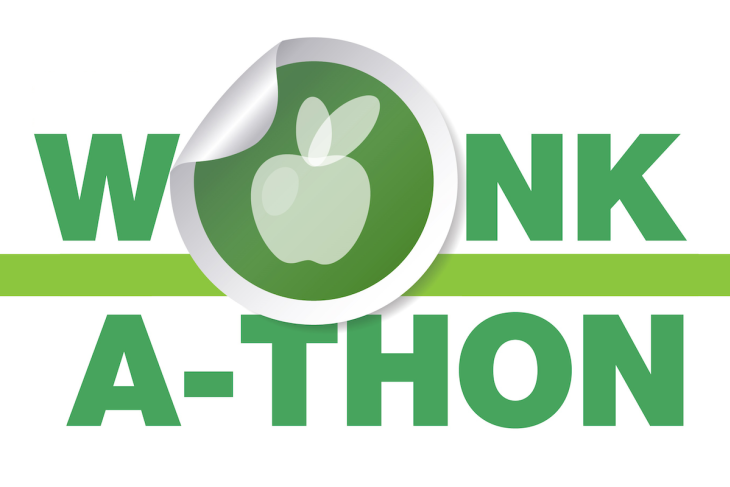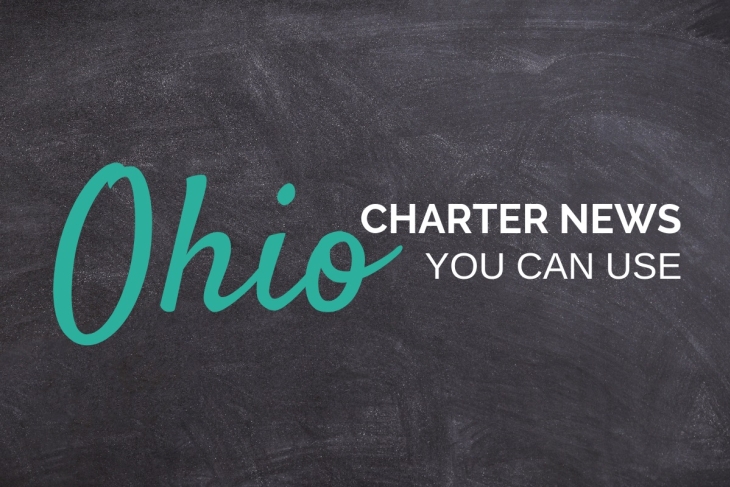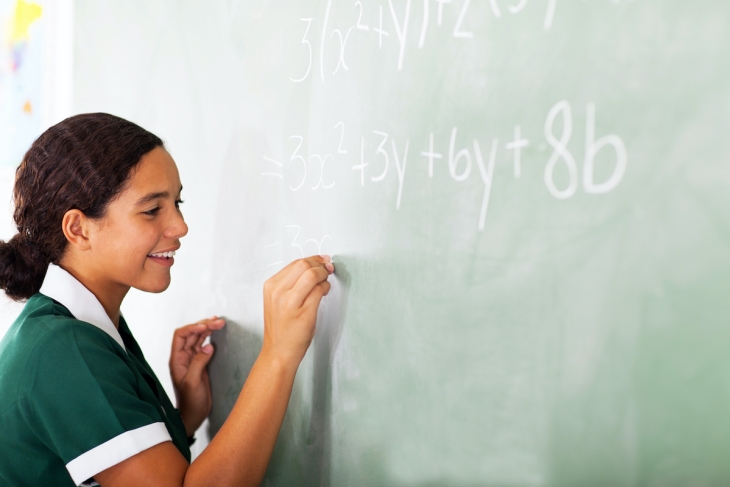Now more than ever, high-ability students from low-income families will need specialized attention and guidance from their parents and teachers. Many less-resourced families have experienced illness or personal and financial instability, and low-income students’ schooling may have experienced long interruptions due to a lack of resources at home.
Ensuring all students have access to high-quality educational programs and teachers is paramount, and the strategies we outline here would benefit all students. We look at the specific needs of low-income students because the difference in participation in gifted programs between low-income and more affluent students may continue to grow during and after the pandemic if necessary steps are not taken. For example, many well-off families were able to hire private tutors or create pandemic learning pods for their children—setups that many low-income families are less likely to afford. Bright students from disadvantaged families deserve equally targeted supports aimed at cultivating their talents.
Recommendations
Research-based evidence points to six distinctive strategies that can support and challenge gifted children. The National Association for Gifted Children makes the following recommendations to encourage the growth and development of the whole gifted child, including their intellectual, social, emotional, and physical domains:
- Acceleration occurs when students move through traditional curricula at rates faster than is typical. Its many forms include grade-skipping, early entrance to kindergarten or college, dual-credit courses such as Advanced Placement and International Baccalaureate programs, and subject-based acceleration, such as when a fifth-grade student takes a middle-school math course. Many researchers consider acceleration to be an appropriate educational approach that matches the level and complexity of the curriculum with the readiness and motivation of the student.
- Curriculum compacting is a technique for differentiating instruction for students who have already mastered the material to be learned. Rather than cueing students to practice what they already know, teachers replace whole-class content with new content, enrichment options, or other activities. This important instructional strategy condenses, modifies, or streamlines the regular curriculum to reduce repetition, allowing time for acceleration or enrichment.
- Grouping, or placing students with similar abilities or performance levels together for instruction, has been shown to improve achievement. Grouping gifted children together allows for more appropriate, rapid, and advanced instruction, to better match their quicker pace of development—and benefits them socially and emotionally.
- Identification, or the process by which students are categorized as gifted, is a critical component of effective education for advanced students. Gifted learners exhibit different characteristics, traits, and ways to express their giftedness. It is critical for teachers and school administrators to use assessments and criteria that recognize that giftedness is dynamic, not static, and is represented across all racial, ethnic, and income levels. Different strategies may be needed to ensure diverse students with high potential are identified.
- Pullout and other specialized programs are among the diverse programming options for gifted and talented students. Research demonstrates the effectiveness of these varied options, such as gifted pullout classes in a subject, or standalone schools run by the state, such as the Indiana Academy for Science, Mathematics, and Humanities. Gifted students also benefit from local magnet schools; gifted programs that occur after school, on Saturdays, or during summer programs; and from advanced coursework through distance learning or Advanced Placement, International Baccalaureate, or other dual-enrollment classes.
- Teacher training is critical to high-level gifted programs because teachers who know how gifted students learn can use gifted education strategies in the classroom. Because most gifted children spend their school days in regular classrooms, providing basic training for all teachers on how to recognize and serve advanced students can help them more appropriately educate those pupils.
Reading List
Evidence bolstering recommendations in this section has been gathered by the National Association of Gifted Children and published on the web pages as follows:
Gifted Education Strategies:
https://www.nagc.org/resources-publications/gifted-education-practices
Acceleration:
https://www.nagc.org/resources-publications/gifted-education-practices/acceleration
Curriculum Compacting:
https://www.nagc.org/resources-publications/gifted-education-practices/curriculum-compacting
Grouping:
https://www.nagc.org/resources-publications/gifted-education-practices/grouping
Identification:
https://www.nagc.org/resources-publications/gifted-education-practices/identification
Pullout Programs and Specialized Classes:
Teacher Training:
https://www.nagc.org/resources-publications/gifted-education-practices/importance-teachers









